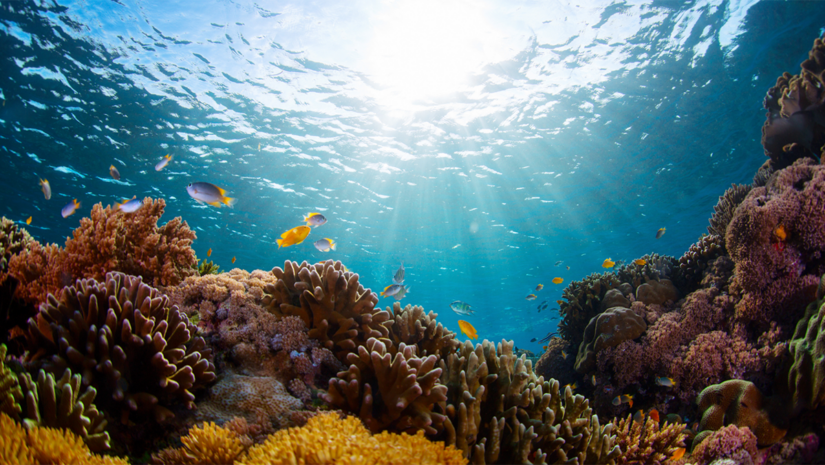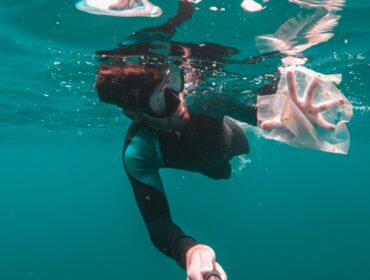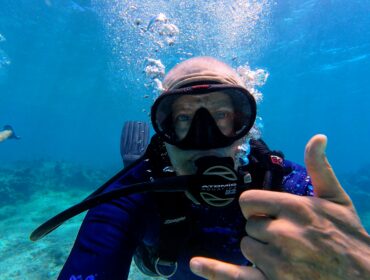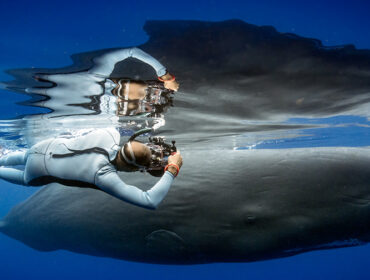Thousands of dazzling coral reefs abound in oceans worldwide. But there are a few reefs that are well-known for their location and beauty. These destinations have become popular coral reef diving spots, too
So if you’ve always wanted to explore one of these incredible sights, we’ve listed down 11 of the most famous corals reefs you can add to your bucket list.
What are coral reefs?
Coral reefs are built by tiny creatures referred to as “polyps.” These polyps, part of a larger group known as corals, work together in large groups or “colonies”! Each polyp secretes something called “calcium carbonate,” forming a hard skeleton around itself. Over time, these skeletons accumulate, creating the stunning structures we see as coral reefs.
But coral reefs do more than just support marine life! They’re also crucial to the well-being of humans. They act as natural barriers, protecting our coastlines from storms and erosion. Economically, they’re like gold mines for tourism and fisheries. Plus, scientists are discovering new medicines from the unique compounds found in reef organisms.
The World’s Most Popular Coral Reefs

- Great Barrier Reef
- Apo Reef
- Ningaloo Reef
- Belize Barrier Reef
- Palancar Reef
- Raja Ampat
- Grand Central Station and Chimneys
- Tubbataha Reefs Natural Park
- Bonaire Reef
- Red Sea Coral Reef
- New Caledonia Barrier Reef
Great Barrier Reef
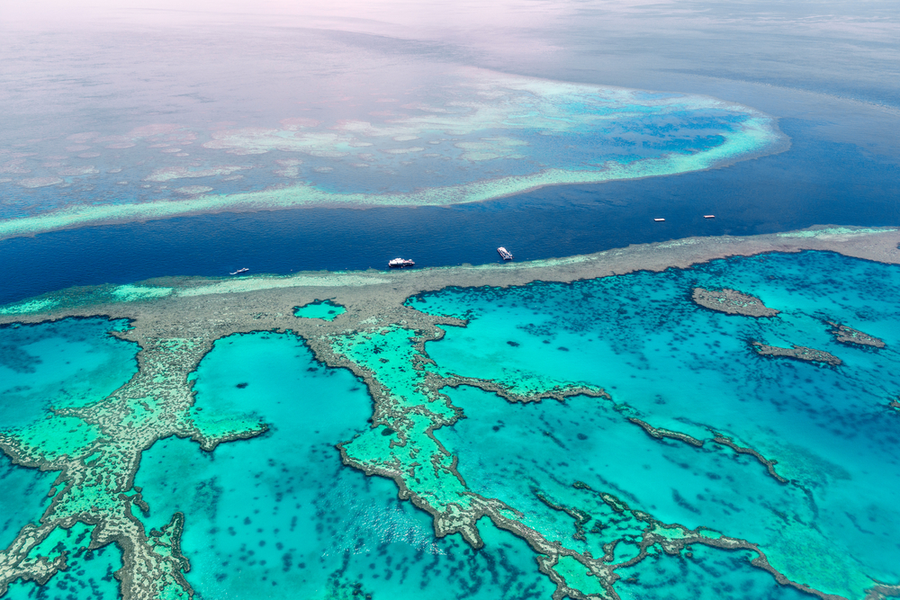
Known as the world’s largest coral reef, Australia’s Great Barrier Reef spans over 1,400 miles (2,300 kilometers). Over 2,900 individual reefs and 900 islands make up this vast, interconnected reef.
The Great Barrier Reef hosts at least 300 species of hard coral and various sea creatures, such as anemones, worms, gastropods, and lobsters. A wide variety of fishes and birds live here as well.
This incredible underwater paradise is part of the Seven Natural Wonders of the World and is a UNESCO World Heritage Site. It has also become a popular tourist destination, attracting scores of local and international travelers each year.
Apo Reef
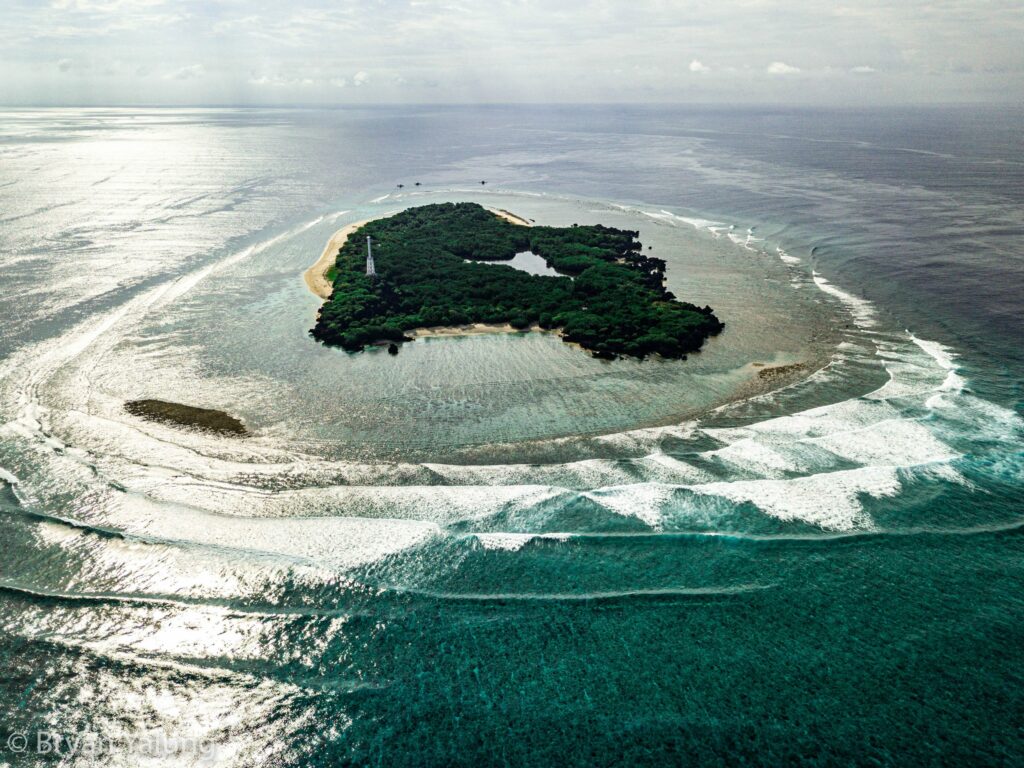
Take a dip into Apo Reef, a coral wonderland found in the Philippines. It’s one of the most colorful neighborhoods for fish! Apo Reef stretches out in the Mindoro Strait and holds the title of the world’s second-largest continuous coral reef system. Snorkelers and divers flock here for the crystal-clear waters and an explosion of colors from the coral critters.
And guess what? Apo Reef is also a protected marine park, which gets special treatment to keep its marine life safe and happy. There are rules in place to keep the fishing in check and protect the coral from too much human traffic.
Ningaloo Reef
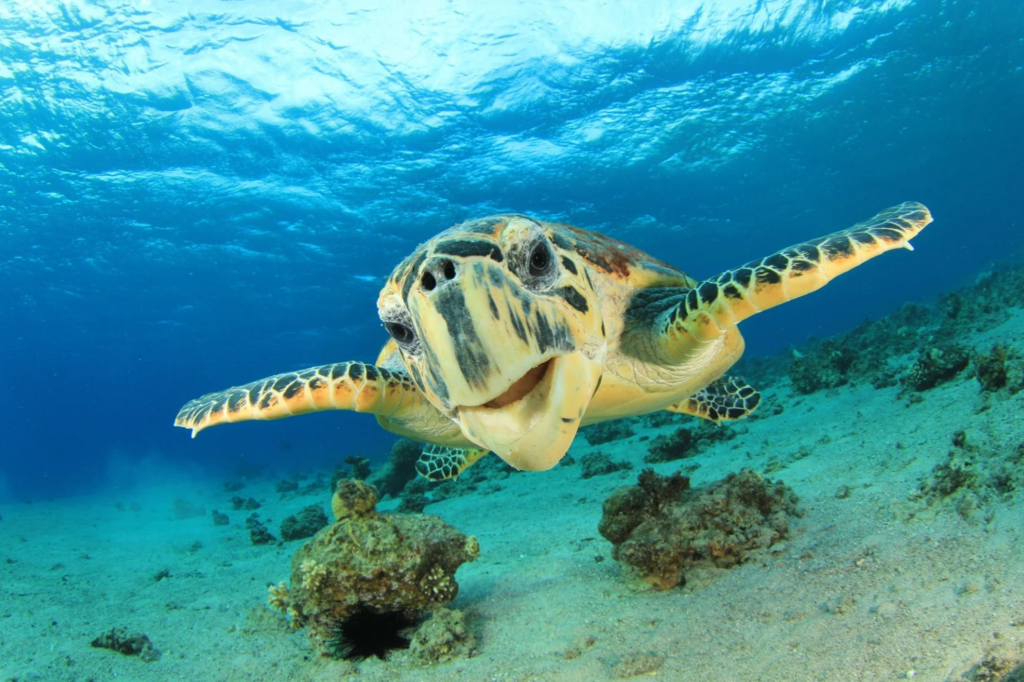
Ningaloo Reef is one of the most famous coral reefs off the coast of Western Australia—it’s a real gem! Stretching over 300 kilometers along the coastline, Ningaloo Reef holds the title of being the world’s largest fringing reef. Imagine it as nature’s own coastal hug, wrapping around like a cozy beach blanket.
Beyond the spectacle, Ningaloo Reef is a hotspot for scientific discovery too. Researchers flock here to study how reefs adapt to environmental changes and human impacts. Preserving Ningaloo means ensuring visitors follow guidelines to protect this natural wonder and its incredible biodiversity.
Belize Barrier Reef
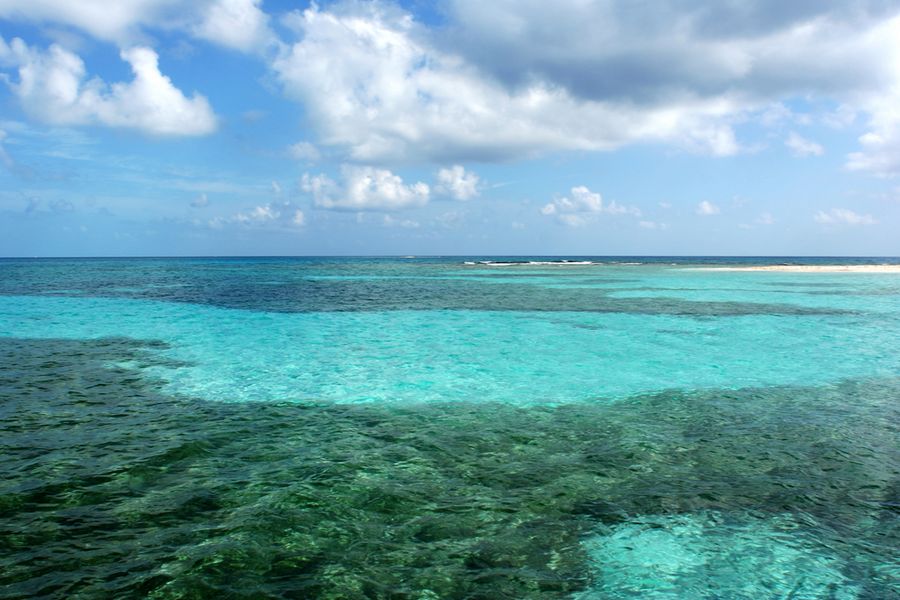
The Belize Barrier Reef is the second-largest coral reef in the world and the largest reef in the Northern and Western Hemispheres. It extends over 180 miles (290 kilometers) along Belize’s Caribbean coast.
This reef features 106 coral species (both hard and soft) and houses 500 fish species. You can also spot some rare and endangered animals here. The Belize Barrier Reef hosts the world’s largest population of West Indian manatees. Other common residents include sea turtles, red-footed boobies and other seabirds, and 350 mollusk species.
The Belize Barrier Reef also features the Great Blue Hole. It’s a sinkhole that’s widely considered to be one of the best diving spots in the world. The Great Blue Hole is near the center of Lighthouse Reef, which is the reef system’s easternmost part.
Palancar Reef
Often described as “the underwater Garden of Eden,” this coral reef in Mexico’s Cozumel island boasts flora and fauna in different colors. It has an impressive array of corals that house seahorses, butterflyfish, sea fans, and more aquatic species. Some endemic species also live here, including toadfish, giant anemones, and fire coral.
Palancar’s vibrant colors and exotic fish are a breathtaking sight for visitors to enjoy. The reef is also a great vacation spot you can explore throughout the year since Cozumel has warm weather.
Raja Ampat
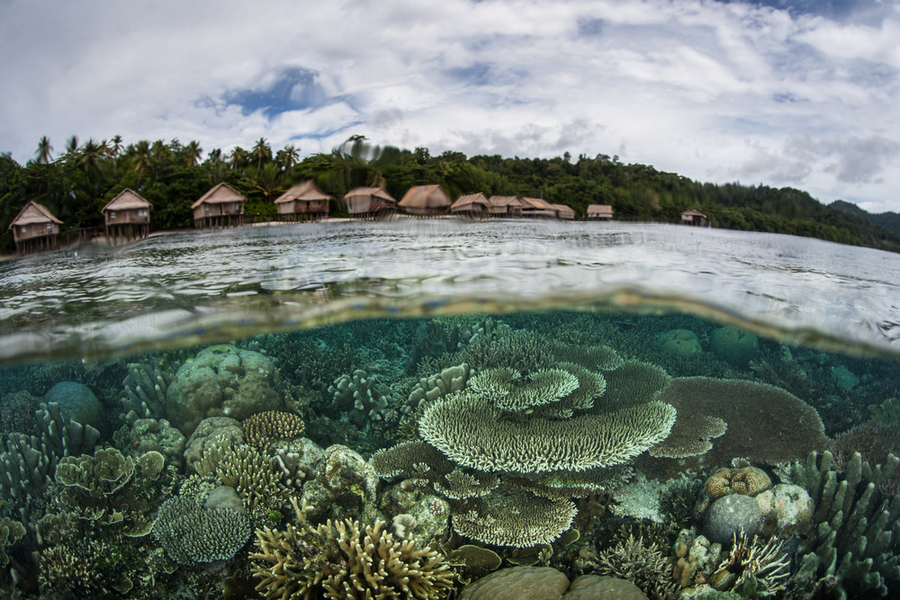
Indonesia’s Raja Ampat boasts the largest coral reef biodiversity based on its size. Being one of the most famous coral reefs, it has 450 species of reef-building coral. To add to its uniqueness and diversity, it houses 1,508 fish species and 537 coral species. Raja Ampat also boasts lots of notable diving destinations, including the following:
- Manta Point
- Mike’s Point
- Sardine Reef
- Shark Point
Grand Central Station & Chimneys
Fiji features some of the world’s best dive sites and is known as the world’s “soft coral capital”. The Grand Central Station and Chimneys Reefs are popular diving spots here. Exotic seagrass, sponges, and around 400 soft coral species cover this spectacular reef. Giant mangrove forests thrive here, too.
The Grand Central Station and Chimneys are home to plenty of marine creatures, including manta rays, snappers, tuna, and gray and white-tip reef sharks.
Tubbataha Reefs Natural Park
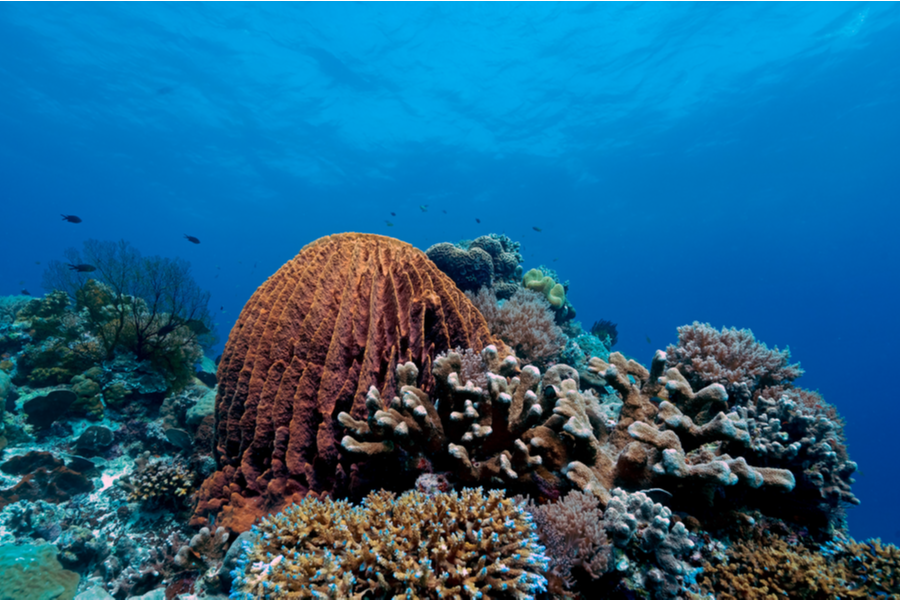
Tubbataha’s underwater landscape is incredible, with colorful corals and marine life everywhere. Two atolls make up this amazing reef; they boast 600 fish species and 360 coral species.
Tubbataha also has 11 shark species, 13 dolphin and whale species, and an abundance of birds. You can also spot Hawksbill and green sea turtles swimming here. These creatures only prove how diverse this Philippine national park is.
In 1993, UNESCO declared Tubbataha a World Heritage Site. Its pristine reef, extensive lagoons, and two coral lagoons helped the area gain this distinction.
Bonaire Reef
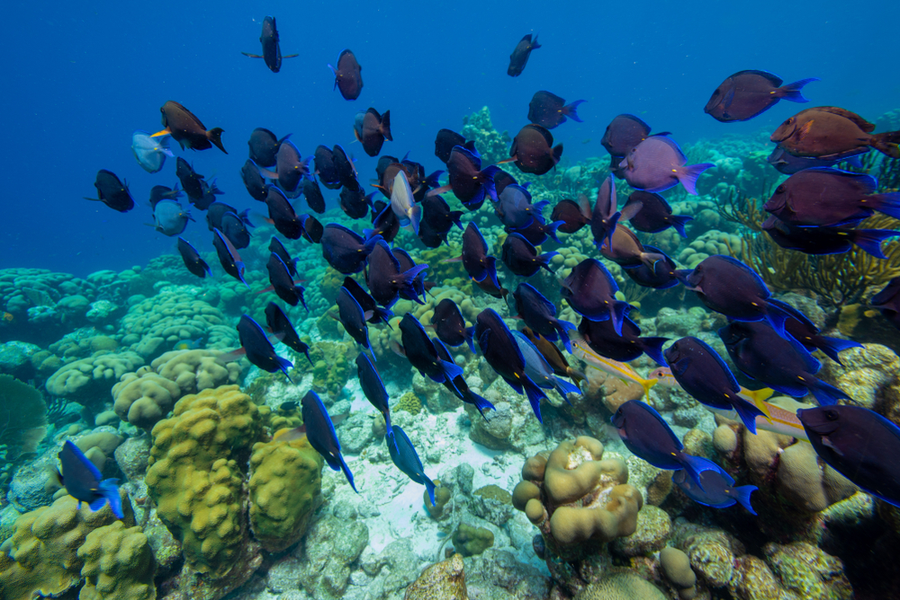
Bonaire Reef (also known as “The Diver’s Paradise”) lies in the Dutch Caribbean. It features multi-colored corals in a breathtaking display. They come in bright blue, green, yellow, purple, and pink hues. But the corals aren’t the only attractions here: Bonaire also has crystal-clear waters.
Angelfish, groupers, sea turtles, and seahorses are just some of the aquatic species that can be found in Bonaire Reef.
Red Sea Coral Reef
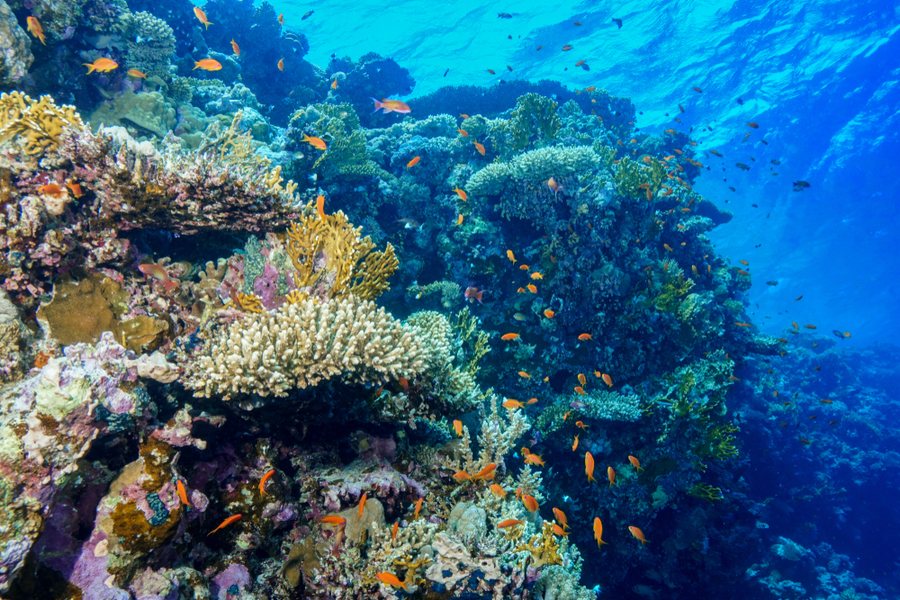
Sitting between the Sahara and Arabian deserts, the Red Sea Coral Reef is a breathtaking underwater world that spans about 1,200 miles. It has 300 species of hard coral and around 1,200 fish species. The reef is also resilient, as it can withstand a variety of elements, including extreme temperature changes.
New Caledonia Barrier Reef
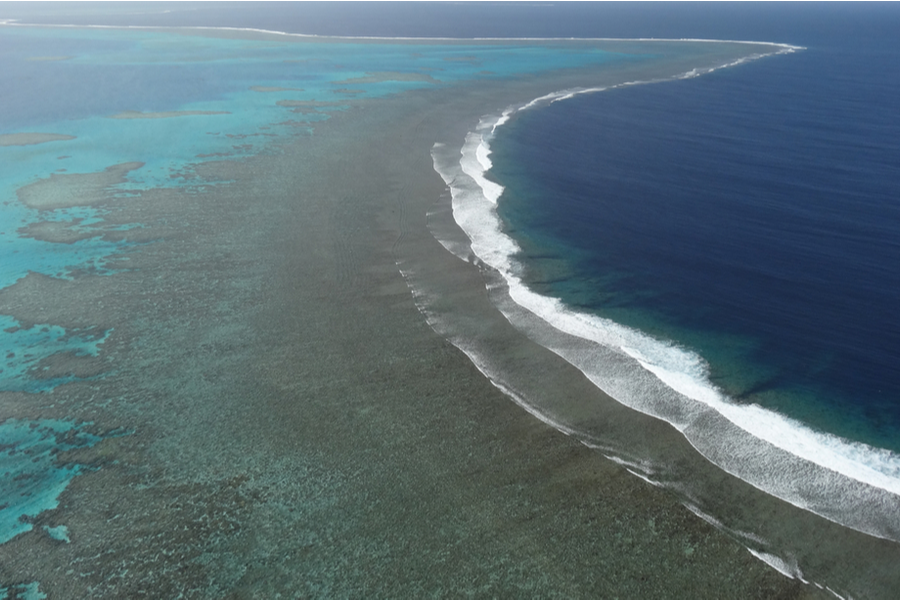
The last one in our list of the most famous coral reefs is the second-largest double barrier reef in the world. It features a variety of marine life, such as green turtles and 1,000 species of fish. This double-barrier reef boasts the third-largest dugong population in the world.
The New Caledonia Barrier Reef’s natural beauty, rich biodiversity, and stunning coral reefs have made it one of the most famous reefs in the world today. It’s also a UNESCO World Heritage Site under the name “The Lagoons of New Caledonia: Reef Diversity and Associated Ecosystems.” The reef has several dive sites as well, which makes it a great destination for scuba divers.
Care for Coral Reefs!
When you learn about the most famous coral reefs, like the Great Barrier Reef or the Raja Ampat, you see how important these underwater worlds are. Not just the most popular coral reefs!
They’re not just beautiful — they’re homes for countless sea creatures, and they help support life on land, too. Each reef has its own story of being strong yet delicate, which shows why we must protect them.
As we enjoy their beauty, we should also work hard to keep all coral reefs safe. By caring for coral reefs now, we can ensure they’re around for future generations to enjoy.
FAQs
What is the #1 coral reef in the world?
The Great Barrier Reef is the largest coral reef on Earth. It’s found off the northeast coast of Australia and stretches over 2,300 kilometers (1,430 miles).
What is the oldest coral reef in the world?
The Chazy Fossil Reef is known as the oldest diverse fossil reef in the whole world. It’s a US National Natural Landmark and contains fossils that show how different life forms changed over time.
What is the rarest coral in the world?
The Chagos brain coral, also called Ctenella chagius, is considered one of the rarest corals. It’s critically endangered and found only in the Chagos Archipelago.
The Great Barrier Reef is the youngest central reef system. It started forming around 600,000 years ago, but the modern structure we see today began taking shape only about 9,500 years ago.

